This is probably going to end up being a long question, so please bear with me.
I came across an incredible explanation for git merge decisions here: How does git merge work. I am trying to build on this explanation and see if there are any holes in depicting git merge this way. Essentially, the decision of whether or not a line shows up in the merged file can be depicted by a truth table:
W: original file, A: Alice's branch, B: Bob's branch

Based on this truth table, it is straightforward to think up a line based algorithm to construct D: Construct D line-by-line by looking at corresponding lines from A and B and making a decision based on truth-table.
My first question is the case (0, 0, 1) which according to the link I posted above, seems to suggest that while that case is actually a conflict, git usually handles it by deleting the line anyway. Can this case actually ever lead to a conflict?
My second question is about deletion cases— (0, 1, 1) and (1, 0, 1). Intuitively, I feel the way these cases are handled might lead to a problem. Let’s say there a was function foo() in W. This function was never actually called in any piece of code. Let’s say in branch A, Alice finally decided to remove foo(). However, in branch B, Bob finally decided on a use for foo() and wrote another function bar() that called foo(). Just intuitively, based on the truth-table, it seems like the merged file will end up deleting the foo() function and adding bar() and Bob would be left wondering why foo() doesn’t work anymore! Which probably leads me to think that the truth-table model I derived for the 3 way merge, is probably not complete and missing something?
